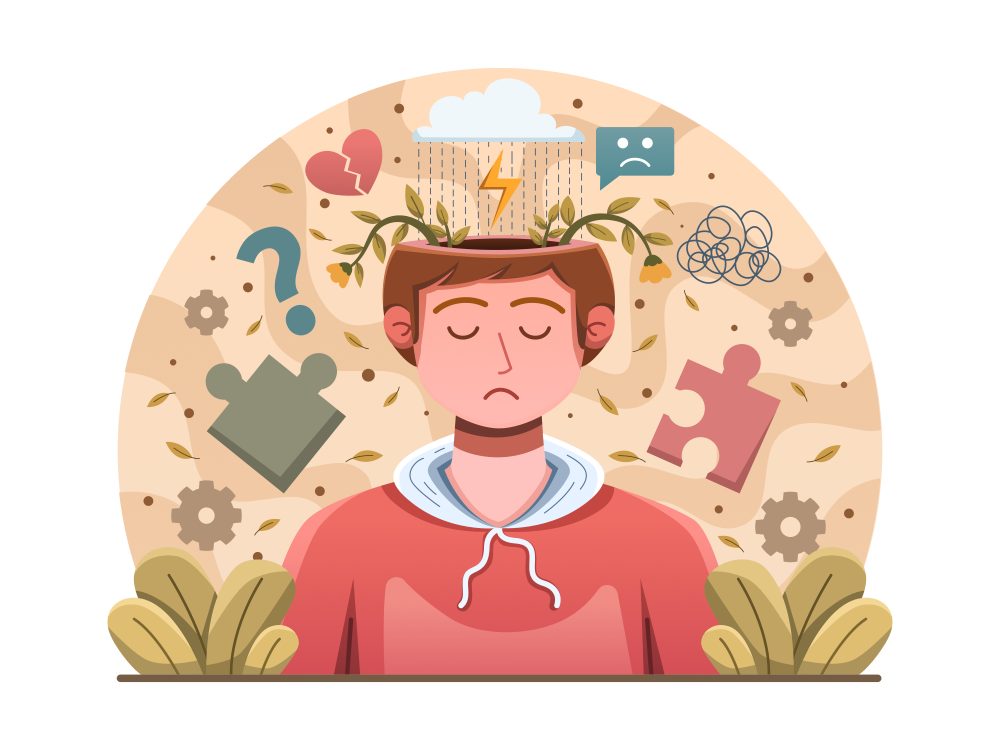Grief is a universal experience, yet it manifests uniquely in every individual. Understanding the process of grieving has been a topic of extensive research and discussion, leading to the development of various models to explain the emotional journey associated with loss. One such model, the Linear Model, proposes a structured approach to the grieving process, commonly known as the Five Stages of Grief.
The Five Stages of Grief
The Linear Model, as popularized by Elisabeth Kübler-Ross in her groundbreaking book “On Death and Dying,” outlines five distinct stages that individuals often go through when faced with a terminal illness or impending death. These stages are:
- Denial: The initial stage involves disbelief and shock. Individuals may struggle to accept the reality of the situation, creating a psychological buffer against the overwhelming emotions associated with loss.
- Anger: As denial wanes, suppressed emotions often give way to anger. Grieving individuals may feel a deep sense of injustice and lash out at others, expressing their frustration and pain.
- Bargaining: In this stage, individuals attempt to negotiate with a higher power, fate, or even the departed loved one. They may make promises or seek meaning in an effort to regain control of the situation.
- Depression: Reality sets in during this stage, leading to overwhelming sadness and despair. Grieving individuals may grapple with the immense void left by the loss, experiencing feelings of helplessness and hopelessness.
- Acceptance: The final stage involves coming to terms with the reality of the situation. Acceptance does not imply happiness; rather, it signifies a state of emotional resolution where individuals find a way to move forward with their lives, integrating the loss into their identity.

Critiques and Adaptations
While the Linear Model and its stages have been influential in shaping our understanding of grief, it’s essential to note that not everyone experiences these stages in a linear fashion. Grieving is a highly individual and complex process, and individuals may move back and forth between stages or experience them in a different sequence.
Application in Coping with Loss
Despite its limitations, the Linear Model remains valuable in providing a framework for individuals to understand their emotions during the grieving process. It can serve as a tool for self-reflection and validation, helping individuals realize that the emotions they are experiencing are natural responses to a significant loss.
Conclusion: Embracing the Grieving Process
The Linear Model, with its Five Stages of Grief, has significantly contributed to our collective comprehension of the emotional journey following loss. However, it’s crucial to approach this model with flexibility and recognize that each person’s grief is a unique and deeply personal experience. By acknowledging the complexity of grief and embracing the diversity of individual responses, we can provide meaningful support to those navigating the challenging path of loss and ultimately foster a more compassionate understanding of the human experience.
Ready to begin? Start your online therapy journey today. Book your first session now.




